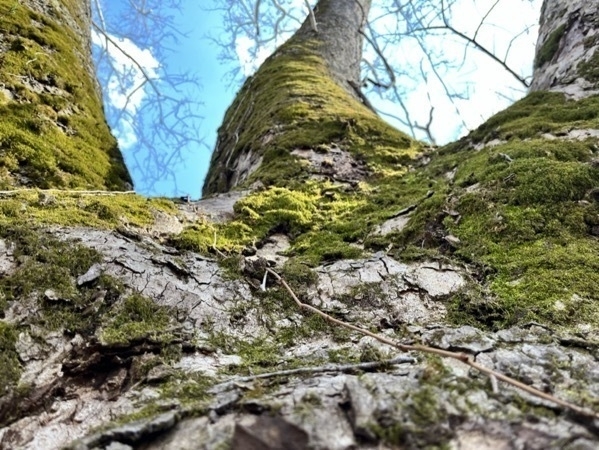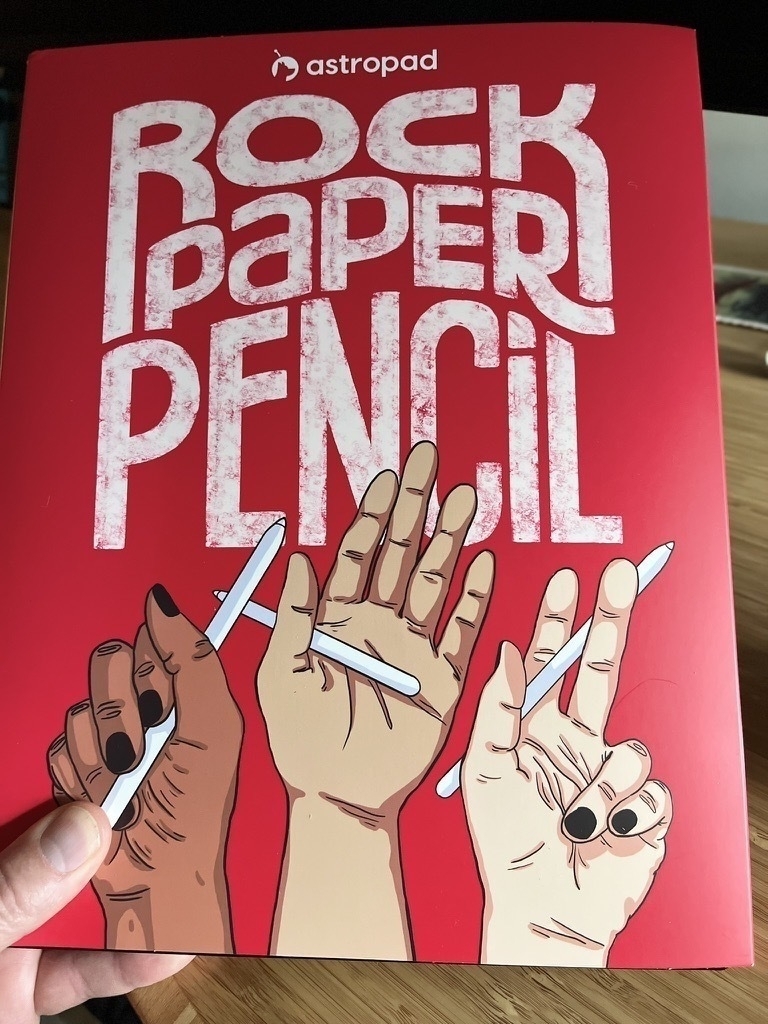Apple TV is developing quite a sci-fi portfolio. Now they are making a Murderbot show (this series from Martha Wells is great fun, highly recommend): www.theverge.com/2023/12/1… 📚
Apple TV is developing quite a sci-fi portfolio. Now they are making a Murderbot show (this series from Martha Wells is great fun, highly recommend): www.theverge.com/2023/12/1… 📚
While the concept of “forest bathing” is popular, I prefer to think of my explorations as “forest diving.” #hiking

Moved from Goodreads / Audible to StoryGraph / Libro.fm. #reading #books
This is from 2019, but I only discovered it today: A shortcut to get original URLs from Apple News. It’s so annoying that this is necessary, but here we are. www.macobserver.com/link/get-…
Received the Rock Paper Pencil kit from Astropad today, and I’m impressed with the pencil/paper feel on my iPad. I’ve tried many (most) of these solutions and this is by far the best experience. The magnetic, removable screen cover and fine point pencil tips are brilliant. Worth it if you like to draw with your device.
